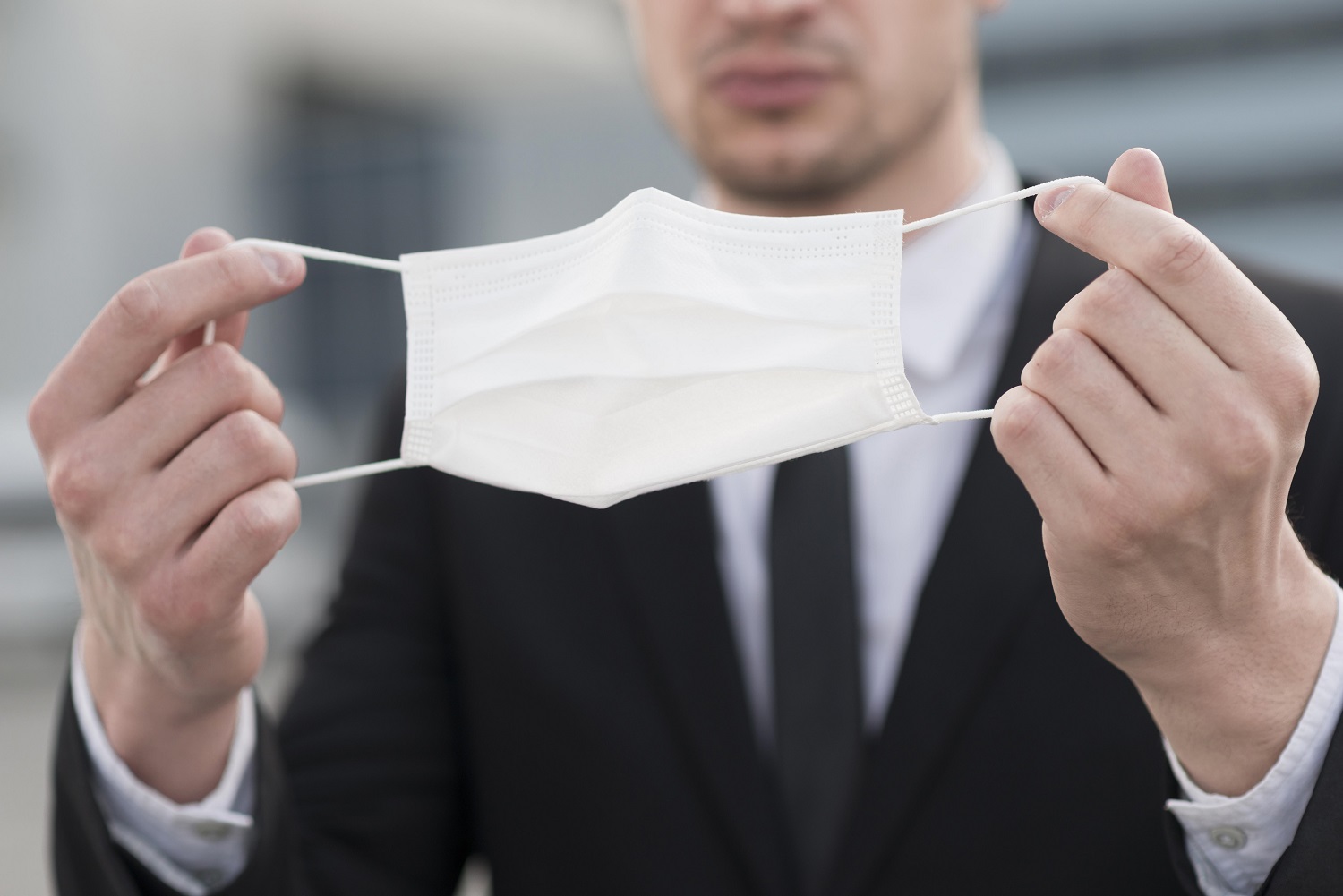Introduction:
In the vast realm of textiles, the choice between woven and non-woven fabrics is a fundamental decision that shapes the characteristics and applications of countless products. This comprehensive guide aims to unravel the intricacies of woven and non-woven fabrics, exploring their differences, manufacturing processes, and diverse applications. Join us on this textile journey as we weave through the threads of these two fabric types and discover the nuances that influence their presence in our everyday lives. Understanding Woven Fabrics:
Woven fabrics, a timeless and traditional choice, are crafted by interlacing two sets of yarns—warp and weft—at right angles. This section provides a foundational understanding of woven fabrics, including the weaving process, types of weaves, and the resulting properties that contribute to their durability, strength, and versatility. Recent innovations in woven fabric technology will also be discussed.
Exploring Non-Woven Fabrics:
In contrast, non-woven fabrics break away from the traditional weaving process. Instead, they are produced by bonding or entangling fibers together, resulting in a unique structure with distinct characteristics. This section delves into the manufacturing methods of non-woven fabrics, their composition, and how these factors impact their applications in various industries. Recent advancements in non-woven technology will be highlighted.
Differences and Distinctions:
A side-by-side comparison of woven and non-woven fabrics reveals a plethora of differences. From their manufacturing processes and physical properties to their strengths and weaknesses, this section dissects the distinctions that make each type of fabric suitable for specific applications. We will explore considerations such as breathability, texture, and cost-effectiveness in various contexts.
Applications Across Industries:
Woven and non-woven fabrics find their places in a myriad of industries. This section explores the diverse applications of each fabric type, from fashion and home textiles to medical and industrial uses. Real-world examples and case studies will illustrate how the choice between woven and non-woven fabrics impacts the functionality and performance of end products.
Recent News and Developments:
Staying current in the dynamic world of textiles is essential. This article incorporates recent news and developments in both woven and non-woven fabrics. From sustainable practices and eco-friendly innovations to breakthroughs in performance attributes, we will explore how these fabrics are evolving to meet the demands of a rapidly changing global landscape.
Environmental Impact and Sustainability:
As environmental consciousness grows, the impact of fabric choices on the planet becomes crucial. This section assesses the environmental implications of woven and non-woven fabrics, exploring aspects like recyclability, biodegradability, and sustainable production practices. Learn how both fabric types contribute to or alleviate environmental concerns.
Challenges and Future Outlook:
No exploration is complete without acknowledging challenges and envisioning the future. This section discusses the challenges faced by woven and non-woven fabrics, such as recycling complexities and the need for sustainable practices. Additionally, we explore emerging trends and technological advancements that may shape the future of these fabrics.
Conclusion:
In conclusion, this comprehensive guide serves as a roadmap through the intricate world of woven and non-woven fabrics. By understanding the differences, applications, and recent developments, readers can make informed choices in selecting the right fabric for their specific needs. Whether it’s the time-tested elegance of woven fabrics or the innovative versatility of non-wovens, both have a significant role to play in shaping the textiles of tomorrow.

